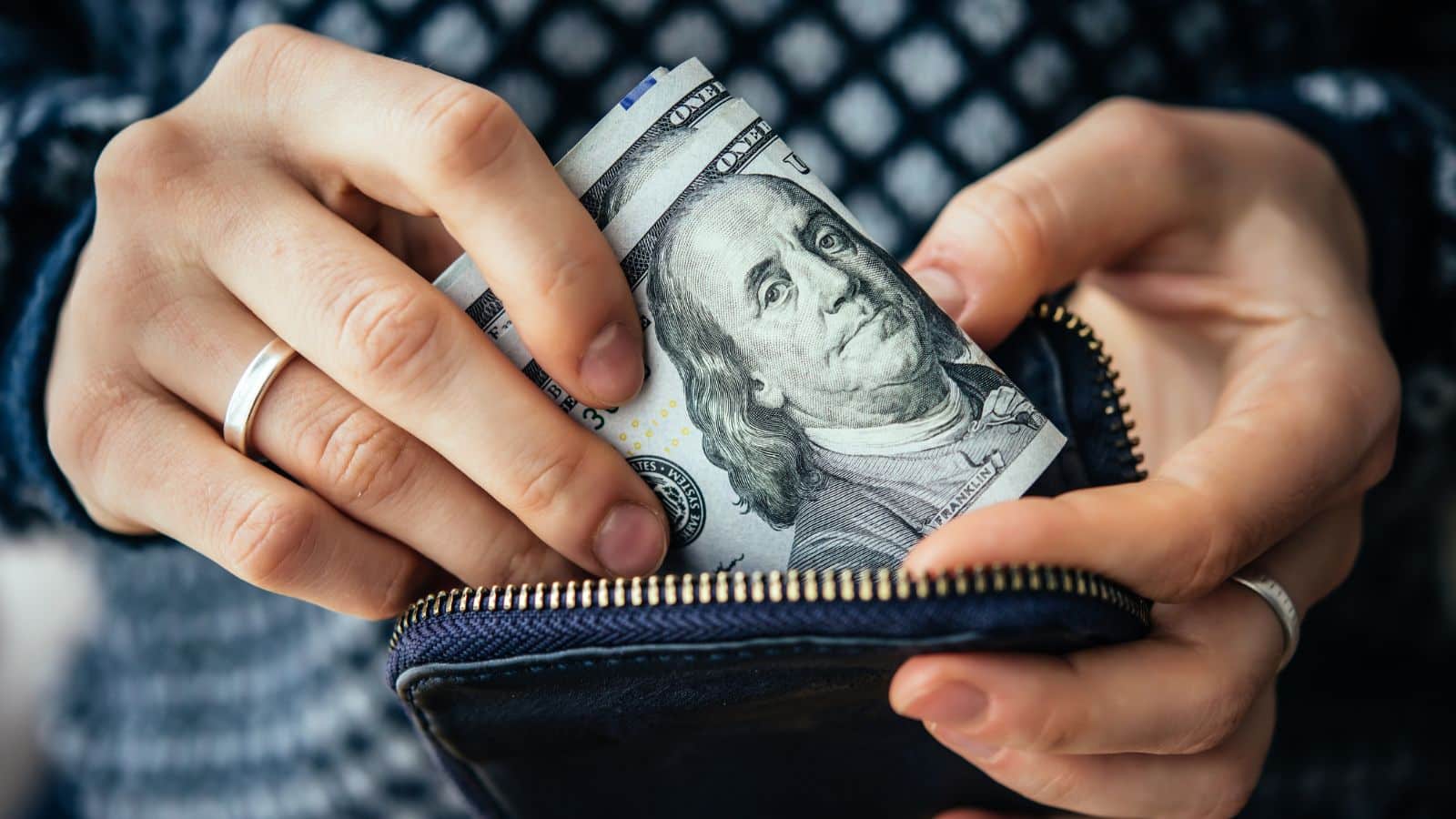Stores are experts at getting you to spend more than you planned. They design layouts, sales, and promotions to make sure you walk out with extras. But with the right strategies, you can flip the script and keep more cash in your pocket. Here are twelve insider moves retailers would rather you didn’t use.
Ask for a Price Match Even After You Buy

Most people assume price matching only works before you pay, but many stores will honor it after the sale too. If you find the same product cheaper elsewhere within a set timeframe, you can often request a refund for the difference.
💸 Take Back Control of Your Finances in 2025 💸
Get Instant Access to our free mini course
5 DAYS TO A BETTER BUDGET
All you need is your receipt and proof of the lower price. Some stores give you 7–14 days, while others extend the window even longer. Keeping an eye out after your purchase could put real money back in your wallet.
Use Abandoned Cart Discounts

Online retailers hate to see full shopping carts left behind. That’s why many will email you a discount code if you close the tab before checking out. To trigger it, log into your account, add the items, and leave.
Within a day or two (sometimes even within a few hours) you’ll often get a coupon nudging you to complete the purchase. It’s an easy way to save on something you were planning to buy anyway.
Stack Coupons With Sales

Coupons alone are decent, but stacking them with in-store promotions makes the savings much bigger. Some stores allow you to combine a manufacturer coupon with their own discounts, which can slash prices by 30–50% or more.
The trick is knowing the policy ahead of time. A quick glance at the store’s website or asking a cashier can confirm if stacking is allowed. Once you learn the rules, you’ll never look at single-use coupons the same way again.
Buy Off-Season for Deep Discounts

Buying winter coats in May or patio sets in October may not feel intuitive, but it’s one of the smartest ways to save. Retailers need to clear out old inventory to make room for new arrivals, and the discounts can be steep—sometimes 70% or more.
Off-season shopping requires patience, but it pays off when you’re not paying peak-season prices. Many savvy shoppers even plan a year ahead to grab the best deals. If you’ve ever balked at summer swimsuit prices, this strategy is for you.
Ask for Open-Box Deals

Open-box items are products that were returned in good condition, often after being barely used. Electronics are the most common, but you’ll also find appliances and furniture sold this way.
Retailers discount them heavily because they can’t label them “brand new,” even though they often work just as well. Ask the salesperson if there’s an open-box option available before you pay full price. You might score a product that looks new but costs hundreds less.
Check the Unit Price

Bigger packages don’t always equal bigger savings. That’s why checking the unit price on the shelf tag is essential. Retailers sometimes raise the price on large “value packs,” betting shoppers won’t notice. The small print reveals what you’re really paying per ounce or per sheet. Spending a few extra seconds comparing unit prices ensures you’re actually getting the best deal.
Sign Up, Then Unsubscribe

Retailers love pushing you to join their mailing lists, and the incentive is usually a 10–20% discount on your first order. If you’re not interested in constant emails afterward, just unsubscribe after using the code.
There’s no penalty for grabbing the discount and walking away. If you want to repeat this trick, some stores reset offers after a few months. It’s one of the simplest hacks that saves instantly at checkout.
Haggle on Big-Ticket Items

It may feel awkward, but many stores expect some negotiation on big-ticket products like furniture, appliances, or even mattresses. A polite request for a better price—especially if you mention a competitor’s deal—can often get you a discount.
Even large chain stores sometimes have flexibility to win your business. The worst they can say is no, and often they’ll toss in free delivery or extras instead. You’ll never know unless you ask.
Shop on Price Drop Days

Many stores quietly schedule markdowns on certain days of the week. Grocery stores often discount produce midweek, while clothing chains drop prices on Thursdays in preparation for weekend sales.
Learning your store’s pattern can save you money without clipping a single coupon. Ask an employee or track your receipts to figure out the schedule. Shopping on the right day could make your dollar stretch a lot further.
Use Cashback Apps and Portals

Cashback programs reward you with a percentage of your purchase if you shop through their links. Popular apps and websites partner with big-name retailers, and earnings can range from 2% to 10% back.
Pairing cashback with coupons or sales magnifies the savings. Over time, it adds up to a nice little rebate on purchases you were already going to make. It’s like free money for being strategic with where you click.
Request Rain Checks on Sold-Out Sales Items

When a store runs out of a hot sale item, don’t just walk away disappointed. Ask for a rain check so you can buy it later at the sale price. Many retailers honor these weeks after the original promotion ends. It keeps you from missing out when stock levels are low. Few shoppers bother asking, which is exactly why it works in your favor.
Take Advantage of Competitor Coupons

Some retailers will accept coupons from their competitors, but they usually won’t advertise it loudly. You have to ask at checkout or check the store’s policy. If approved, it’s a great way to save without even shopping at the original store.
This strategy works best at big-box chains and grocery stores trying to stay competitive. It’s one of those quiet hacks that most people don’t realize exists.
Saving Where They Don’t Expect It

Stores spend millions studying shopper behavior, hoping you’ll never notice these opportunities. But the truth is, a little effort—whether it’s watching unit prices or waiting for abandoned cart discounts—can give you a big edge. Using just a few of these tactics regularly can save hundreds, if not thousands, each year. And the best part? Once you learn them, they become second nature.
15 Ways to Save Big That Most People Think Are Too Extreme

Some savings strategies seem a little over the top at first, but they can seriously transform your personal finances. While most people overlook these methods due to misconceptions or discomfort, they can make a huge difference if you give them a chance. If you’re ready to rethink the way you handle money, check out these unconventional yet effective tips. 15 Ways to Save Big That Most People Think Are Too Extreme



